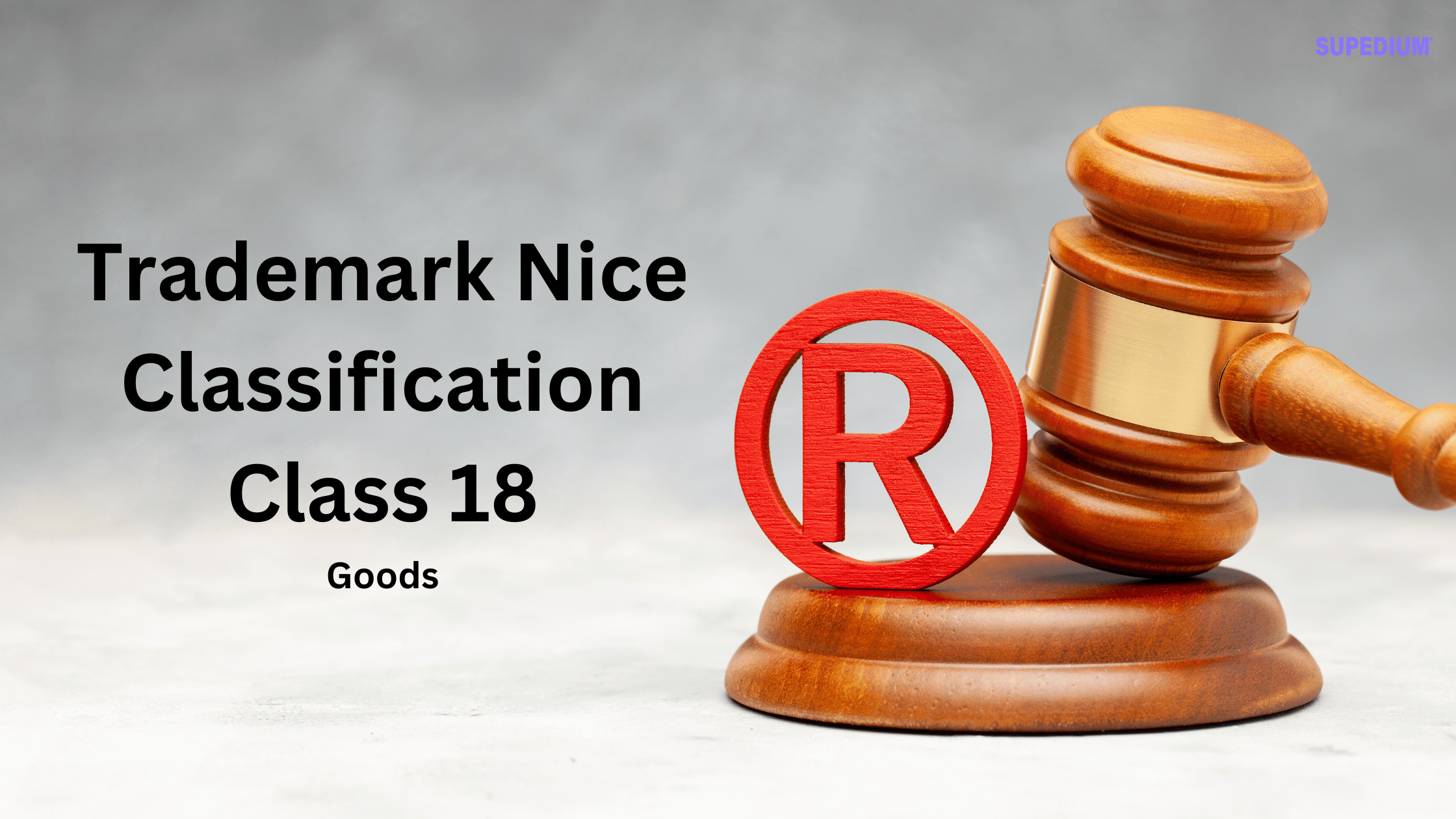Table of Contents
![]()
I. Introduction
The Trademark Nice Classification system is a globally recognized system for categorizing goods and services for the purposes of trademark registration. Established by the Nice Agreement, it simplifies the process of registering trademarks by organizing products and services into distinct classes. Class 18, in particular, focuses on goods primarily made of leather, imitations of leather, and certain animal products. Understanding this classification is crucial for businesses looking to protect their brand and ensure their products are accurately represented.
II. Overview of Class 18
Class 18 encompasses a variety of items predominantly made from leather or its substitutes, along with specific animal hides. This classification is essential for trademark registration as it clarifies which products fall under its umbrella, helping businesses secure exclusive rights to their brands. The items categorized under Class 18 are commonly used in daily life, making it vital for manufacturers, retailers, and service providers to grasp the scope of this classification.
III. Detailed Breakdown of Goods in Class 18
A. Luggage and Carrying Bags
One of the most significant categories within Class 18 is luggage and carrying bags. This includes a diverse range of products:
- Suitcases and Trunks: Essential for travel, these items are often crafted from high-quality leather or synthetic materials.
- Traveling Bags: Versatile and functional, these bags cater to various travel needs.
- Sling Bags for Carrying Infants: Designed for convenience and comfort, these bags are increasingly popular among parents.
- School Bags: A staple for students, these bags are designed for durability and style.
B. Other Notable Items
In addition to luggage, Class 18 also includes various other leather goods, such as:
- Luggage Tags: Often overlooked, these tags are crucial for identifying bags and ensuring they reach their intended destinations.
- Business Card Cases and Pocket Wallets: Important for professionals, these items offer a stylish way to carry essential cards and cash.
- Leather Boxes and Cases: These products are used for storing and organizing items, providing both functionality and aesthetic appeal.
IV. Exclusions from Class 18
A. Goods Not Included
While Class 18 covers a broad range of items, it also has specific exclusions that businesses should be aware of:
- Medical Walking Sticks (Class 10): These specialized items are classified separately due to their functional purpose.
- Clothing, Footwear, and Headwear of Leather (Class 25): Items intended for wearing are placed in a different category to avoid confusion.
- Specialized Bags and Cases: Bags tailored for specific products, such as laptops (Class 9), cameras (Class 9), and musical instruments (Class 15), are not classified under Class 18.
- Function-Specific Leather Goods: Items like polishing leather (Class 21) and leather belts for clothing (Class 25) fall outside this classification due to their intended use.
B. Importance of Understanding Exclusions
Recognizing these exclusions is critical for businesses to ensure that their products are classified correctly. Misclassifying goods can lead to complications during the trademark registration process and potential legal challenges in the future.
V. Practical Implications for Businesses
A. Registering Trademarks under Class 18
For businesses seeking to register their trademarks under Class 18, understanding the nuances of this classification is essential. Correctly identifying products can facilitate smoother registration and provide a stronger legal footing against infringement.
- Importance of Correct Classification: Accurately categorizing products ensures they are adequately protected under trademark laws.
- Common Pitfalls in Registration: Businesses often misclassify products or overlook important exclusions, leading to denied applications or challenges in court.
B. Strategic Use of Class 18 in Branding
Utilizing Class 18 effectively can enhance brand identity. By clearly defining which products fall under this classification, businesses can create a cohesive brand image and prevent confusion in the marketplace.
VI. Conclusion
In summary, Trademark Nice Classification Class 18 plays a vital role in protecting leather and leather-related goods. By understanding the scope of this classification, including the detailed breakdown of goods and important exclusions, businesses can navigate the trademark registration process more effectively. As the marketplace becomes increasingly competitive, leveraging the advantages of Class 18 will be crucial for brand protection and growth.
Share This





Be the first to comment